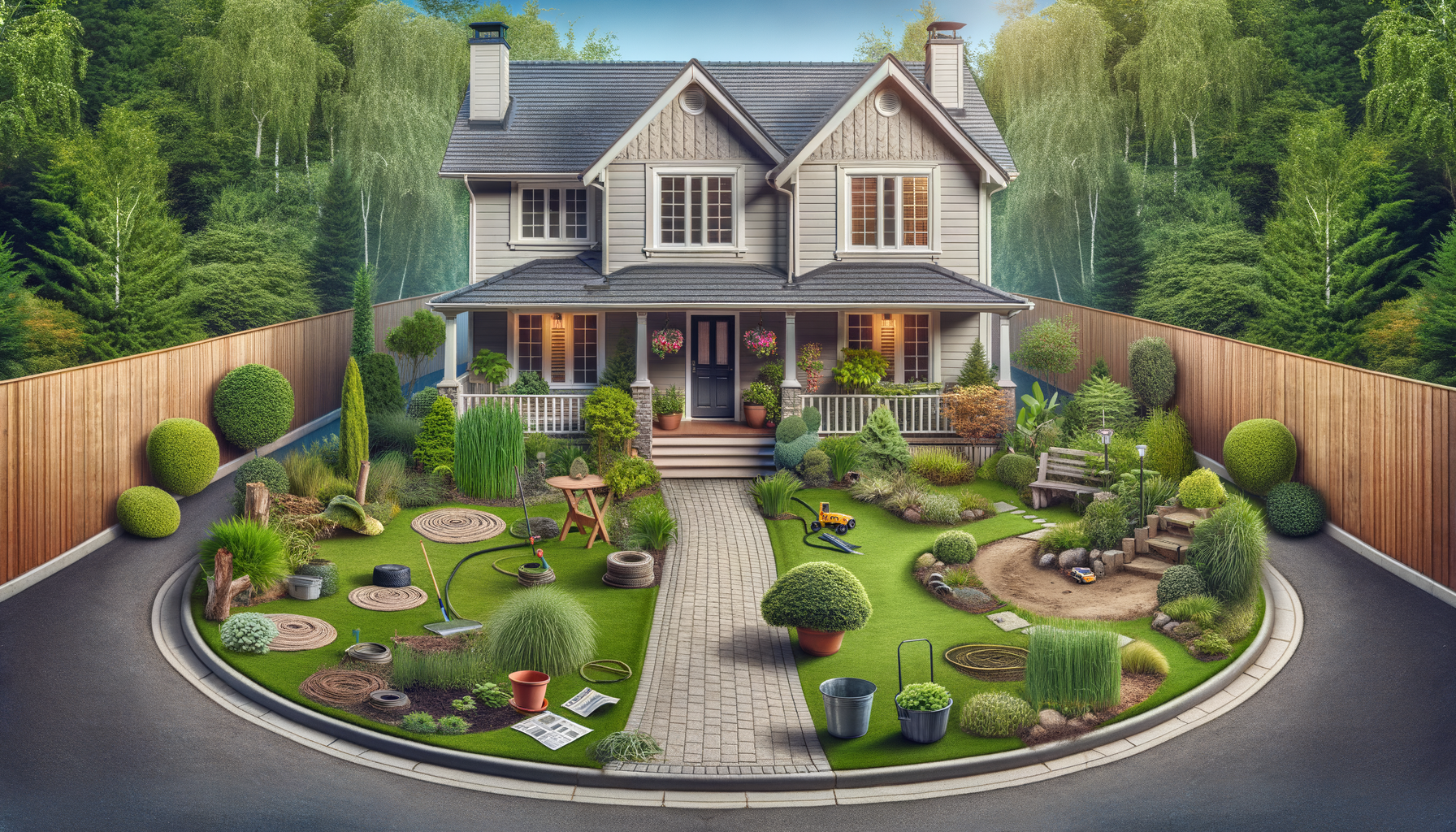
5 Landscaping Mistakes Ruining Your Curb Appeal
Introduction to Landscaping and Curb Appeal
Landscaping plays a crucial role in enhancing the aesthetic appeal of a home. A well-designed landscape not only beautifies the property but also increases its market value. However, achieving the desired curb appeal requires careful planning and execution. Unfortunately, many homeowners unknowingly commit common landscaping mistakes that can detract from the overall appearance of their property. In this article, we will explore five such mistakes and provide insights on how to avoid them, ensuring your home remains visually appealing and inviting.
Overcrowding Plants and Shrubs
One of the most frequent mistakes in landscaping is overcrowding plants and shrubs. While it might be tempting to fill every available space with greenery, this approach can lead to a chaotic and unkempt appearance. Overcrowding not only affects the visual appeal but also hampers the growth and health of the plants. When plants are too close together, they compete for sunlight, water, and nutrients, leading to stunted growth and increased susceptibility to diseases.
To avoid this, consider the mature size of the plants and plan your layout accordingly. Allow adequate space for each plant to grow and thrive. This not only creates a more organized and aesthetically pleasing garden but also promotes healthier plant development. Additionally, using a mix of plant sizes and types can add depth and interest to your landscape design.
Ignoring Seasonal Changes
Another mistake often made by homeowners is ignoring the impact of seasonal changes on their landscaping. Different plants thrive in different seasons, and failing to consider this can result in a lackluster garden during certain times of the year. A well-planned landscape should offer visual interest throughout all seasons, ensuring your home remains attractive year-round.
To achieve this, incorporate a variety of plants that bloom at different times. For example, spring bulbs, summer perennials, autumn foliage, and winter evergreens can provide continuous color and texture. This thoughtful planning not only enhances curb appeal but also creates a dynamic and engaging landscape that evolves with the seasons.
Neglecting Proper Maintenance
Maintenance is a critical aspect of landscaping that is often overlooked. Without regular upkeep, even the most beautifully designed gardens can quickly become overgrown and unsightly. Common maintenance tasks include pruning, weeding, fertilizing, and watering. Neglecting these tasks can lead to an unkempt appearance and diminish the overall impact of your landscape design.
Establishing a regular maintenance routine is essential to preserve the beauty and health of your garden. Consider creating a seasonal maintenance checklist to ensure all tasks are completed on time. Additionally, investing in quality tools and equipment can make maintenance more efficient and effective, allowing you to enjoy a well-kept landscape with minimal effort.
Improper Use of Hardscaping Elements
Hardscaping elements such as pathways, patios, and retaining walls are integral components of landscape design. However, improper use of these elements can disrupt the harmony of your outdoor space. Overuse or poorly placed hardscaping can make the area feel cramped and uninviting, detracting from the natural beauty of the garden.
When incorporating hardscaping into your landscape, consider the overall flow and functionality of the space. Ensure that pathways are wide enough for comfortable movement and that patios are proportionate to the size of the garden. Additionally, choose materials that complement the existing landscape and architectural style of your home to create a cohesive and harmonious design.
Conclusion: Achieving a Harmonious Landscape
Avoiding these common landscaping mistakes can significantly enhance your home’s curb appeal and create a welcoming environment. By carefully planning plant placement, considering seasonal changes, maintaining regular upkeep, and thoughtfully integrating hardscaping elements, you can achieve a harmonious and visually appealing landscape. Remember, a well-designed garden not only adds beauty to your property but also provides a serene and enjoyable outdoor space for you and your family to cherish.